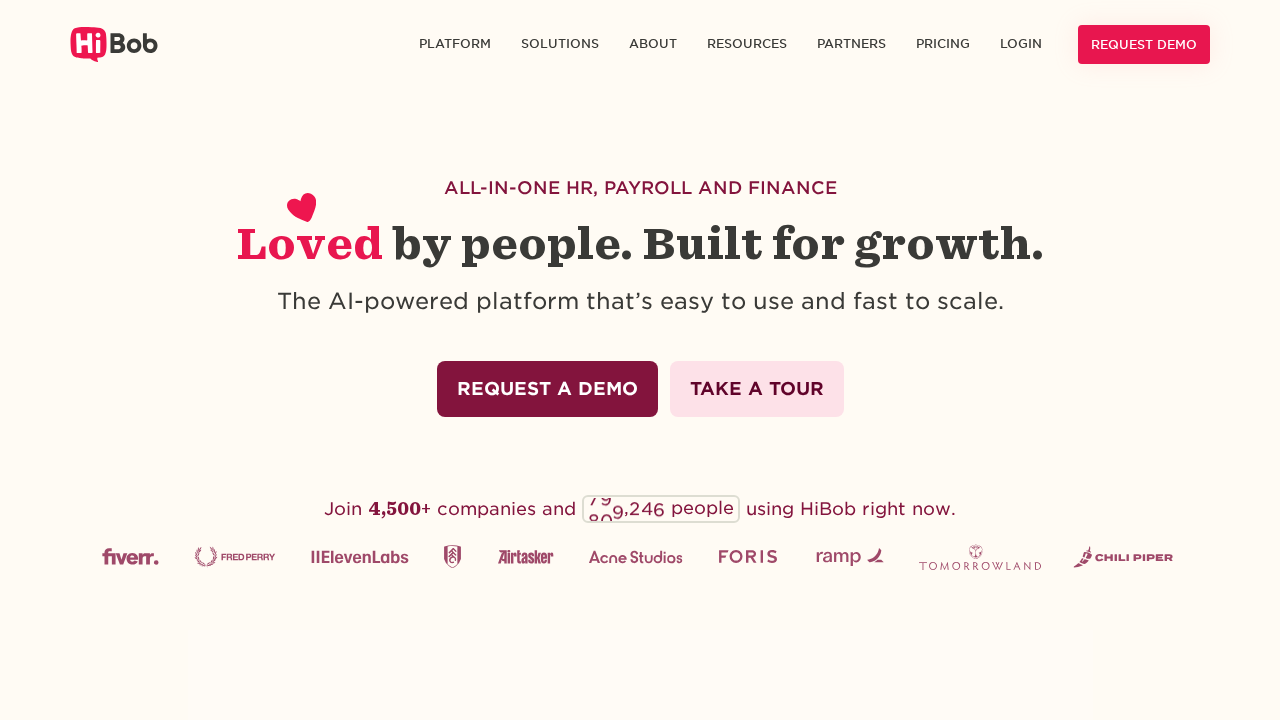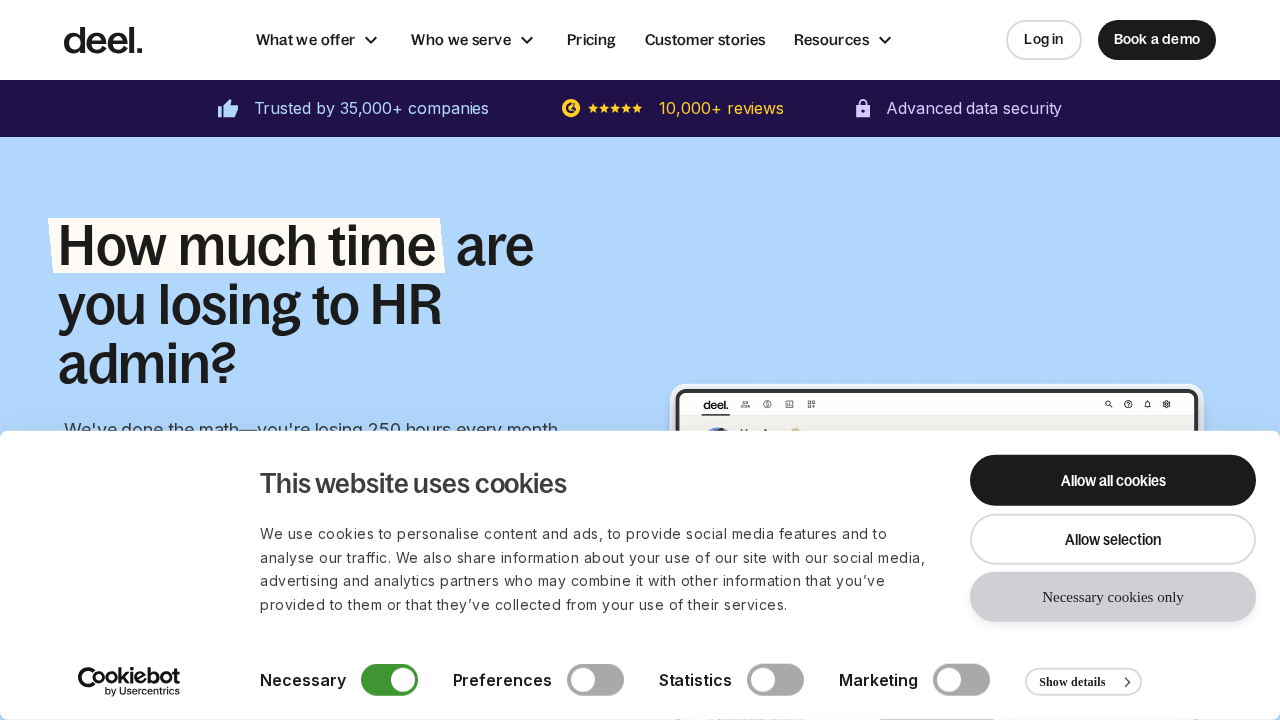In today’s fast-paced world, the demand for more agile, data-driven, and efficient workflows is reshaping how HR teams operate. The future of HR in 2025 isn’t just about managing people—it’s about empowering them through the right tools and technologies. One key game-changer? Automating reports in minutes. Gone are the days of spending hours sifting through spreadsheets or manually compiling data. With innovative solutions available, HR teams can focus on what really matters: building stronger people strategies and creating a modern workforce experience.
Whether you’re running a small business or leading HR in a growing enterprise, automating reports is the competitive edge you need to stay ahead. This blog dives into the top tools designed to revolutionize HR in 2025. From fostering employee engagement to enabling better decision-making, these platforms unlock new possibilities with smarter workflows and actionable insights. Let’s explore how you can transform your team’s efficiency and lead with confidence in the era of automation.
Top apps:
1. Moodbit Copilot
2. HiBob
3. Rippling
4. BambooHR
5. Deel
Moodbit Copilot

The primary purpose of Moodbit Copilot is to transform how HR teams and managers handle people data and documents. With its seamless integration of generative AI, it delivers instant, actionable insights while automating redundant tasks. It empowers users by simplifying data access, enhancing decision-making, and allowing more time for strategizing around employee well-being and engagement. By offering a people-centric approach, Moodbit Copilot is geared to revolutionize HR workflows efficiently and effectively.
Pros
- Conversational data analytics: Users can access insights effortlessly through natural language queries, making it accessible for non-technical personnel. For example, managers can ask questions like “What’s the employee sentiment this month?” and receive instant, actionable charts and data.
- Document intelligence: Upload contracts, surveys, or PDF files, and extract meaningful data, summaries, and recommendations directly, alleviating time spent manually sifting through documents.
- HR chatbot availability: A dedicated 24/7 chatbot reduces repetitive inquiries by providing instant responses to policy or benefits-related queries, improving employee satisfaction and efficiency.
- Broad integrations: Seamless connections with tools such as Slack, Microsoft Teams, Google Workspace, and SAP allow for effortless workflows, automated reporting, and a centralized workspace.
- Scalable people operations: Enables smaller HR teams to manage larger workforces effectively while maintaining the consistency and quality of support.
- Personalized insights: Sheds light on well-being and engagement trends, turning this data into actionable strategies to maintain a content workforce.
- Enterprise-grade security: Built with robust compliance and privacy considerations, ensuring the secure handling of sensitive HR data even in enterprise settings.
Despite these impressive benefits, it is worth noting two minor considerations. Moodbit Copilot may require users to familiarize themselves with its interface initially, and implementing integrations may require time depending on the systems already in use. However, these are minor hurdles compared to the advantages it offers.
Use Cases
- Streamlining HR efficiency: HR teams can utilize its AI-driven features to automate routine administrative tasks like report generation, allowing them to focus more on strategic initiatives such as employee engagement programs.
- Boosting employee experience: By providing instant, 24/7 chatbot support, employees get immediate answers on workplace policies or benefit-related questions, reducing frustration and increasing confidence in HR systems.
- Managerial decision-making: Real-time recommended actions, analytics, and trend insights support managers in resolving employee challenges promptly and implementing tailored solutions.
- Cross-functional support: Beyond traditional HR applications, teams from recruiting, onboarding, and operations gain value by using swiftly available people data to refine hiring pipelines, internal communications, and workflow optimizations.
- Policy and contract review: By using the document intelligence feature to review and summarize critical HR documents, HR professionals can efficiently manage compliance and contract negotiations.
HiBob

HiBob is an HR software focused on enhancing workplace culture and offering flexibility through customized policies like Work From Anywhere (WFA). It emphasizes employee engagement and modern workforce needs.
Pros
- Promotes work-life balance with the Work From Anywhere policy.
- Focuses on employee engagement through frequent surveys and feedback.
- Supports flexibility with hybrid and remote work models, appealing to modern workforce expectations.
Cons
- Lacks actionable insight generation or strategic recommendations for HR teams beyond policy feedback.
- Feedback loop and surveys require manual interpretation and adjustments, leading to inefficiencies compared to more automated systems.
- Limited integration capabilities with enterprise tools and analytics platforms, reducing operational scalability.
- No conversational data analytics or instant metrics extraction from documents, leaving teams reliant on traditional reporting methods.
- Dependence on trust-driven processes may not be effective in organizations requiring more structure and automation support.
Rippling

Rippling is a workforce management app designed to streamline payroll, HR, IT, and finance operations into a single platform. It aims to automate administrative tasks, improve decision-making, and centralize processes for global workforce management.
Pros
- Unified platform for managing HR, IT, and finance operations in one place.
- Streamlines payroll processing for complex workforces.
Cons
- Lacks actionable insights and conversational analytics, limiting its usability for strategic HR decision-making.
- No 24/7 HR chatbot feature available for addressing employee inquiries or reducing repetitive HR requests.
- Limited integration capabilities compared to other systems, which may require additional software to centralize HR workflows.
- Focuses heavily on admin and compliance tasks rather than providing value-added tools for people-centric insights or wellbeing tracking.
<li.Requires manual effort for document intelligence, lacking automation for extracting metrics or generating tailored recommendations.
BambooHR

BambooHR is an all-in-one HR platform designed to streamline HR, payroll, benefits administration, and more. It focuses on unifying disconnected systems and workflows to create efficient and productive workplaces with simple tools for HR processes.
Pros:
- Comprehensive platform that combines multiple HR functions (e.g., payroll, benefits) in one system.
- Simple tools and user-friendly interface designed for ease of automation and workflow management.
- Strong emphasis on creating a supportive and inclusive workplace culture, aligning with its branding and values.
Cons:
- Lacks advanced conversational analytics features such as natural language querying for instant insights.
- Does not provide real-time chat or always-available chatbot for employee support beyond its platform tools.
- Workflow automations are less customizable and narrowly focused compared to more dynamic alternatives.
- Limited ability to analyze engagement or sentiment data to drive actionable HR strategies.
- Fewer integrations with widely used communication tools like Slack or Microsoft Teams, reducing accessibility.
Deel

Deel is a global HR platform designed to simplify payroll, compliance, and employee management for international teams. It offers tools for hiring, onboarding, and managing culturally diverse teams in compliance with local labor laws, taxes, and payroll regulations.
Pros
- Comprehensive global payroll capabilities spanning 130+ countries.
- Integrated compliance hub for staying updated on local regulatory frameworks.
- Efficient contractor management with localized tax and classification support.
Cons
- Limited focus on actionable workforce analytics, well-being insights, or strategic HR recommendations.
- No conversational analytics or user-friendly natural language support for non-technical HR personnel.
- Does not feature 24/7 chat support for employees to quickly access internal HR-related information.
- Heavy emphasis on compliance and payroll may lack holistic HR tools tailored for smaller SMBs beyond global hiring.
- Excessive reliance on integrations without deeply embedded workflow intelligence or document processing automation.
Conclusions:
The HR landscape of 2025 will thrive on one principle: automation meets strategy. While tools like HiBob, Rippling, and Deel present valuable solutions, they each carry limitations that may leave teams without the deep, actionable intelligence crucial for today’s workplace demands. From weak integration features to limited real-time insights, these platforms highlight a critical gap: the need for a more holistic solution that prioritizes data intelligence and workflow automation.
Enter Moodbit Copilot—the ultimate ally for forward-thinking HR teams. This generative AI-powered assistant is a true game-changer, enabling instant insights, personalized analytics, and seamless integrations across enterprise tools. Whether you’re summarizing employee engagement trends, streamlining workflows, or creating proactive strategies, Moodbit delivers unparalleled efficiency and strategic value. Its 24/7 HR chatbot ensures employees get answers when they need them, while detailed data insights guide HR teams toward smarter, people-first decisions.
When it comes to staying competitive and building a successful, people-focused workplace, Moodbit Copilot stands out as the clear winner. With its revolutionary approach to conversational analytics, document intelligence, and automation, HR becomes not just a support function but a strategic driver of growth and employee satisfaction. Empower your teams and lead the charge into 2025 with Moodbit as your trusted partner!